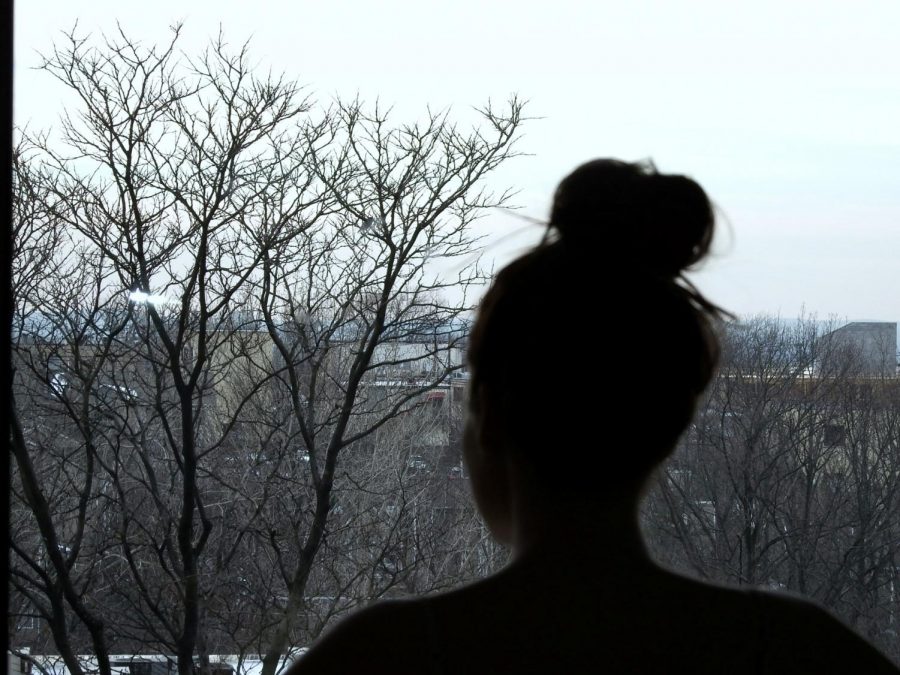The Impact of Seasonal Affective Disorder
January 19, 2018
Seasonal Affective Disorder, or SAD, is a type of depression that is triggered by the seasons of the year. Some people experience sadness, lethargy, need for sleep, and low energy. Often, people with SAD will feel depressed for most of the day, or even everyday. Feeling worthless, guilty, or hopeless, and thoughts of suicide or death is extremely common. With the different seasons, symptoms a person may face can be different. For example, in the fall and winter, common symptoms include oversleeping, appetite changes, and weight gain. People who experience spring and summer SAD usually have to go through insomnia, a bad appetite, anxiety, and rapid weight lost.
The cause of Seasonal Affective Disorder mostly revolves around a person’s ‘body clock’ that’s unable to regulate effectively. The reduced level of sunlight in the fall and winter also decreases serotonin levels in the body. Serotonin is a chemical in our brain that has an affect in our mood, and could trigger depression like systems.
People with this disorder may also be more likely to have blood relatives who suffer from SAD. This disorder could also worsen other forms of depression if not treated properly. Some might question the validity of the disorder, but it’s been studied by major health institutions such as the National Health Service, CDC, and the Mayo Clinic and found to be a very-real thing.
The most common treatment for Seasonal Affective Disorder is light therapy. Phototherapy can help by exposing yourself to light. The light triggers chemicals in a person’s brain, and these chemicals can help regulate your mood and dampen the symptoms associated.
Students and those that are impacted by this are urged to consult with a medical professional if the symptoms of SAD are causing disruptions in their everyday lives.










